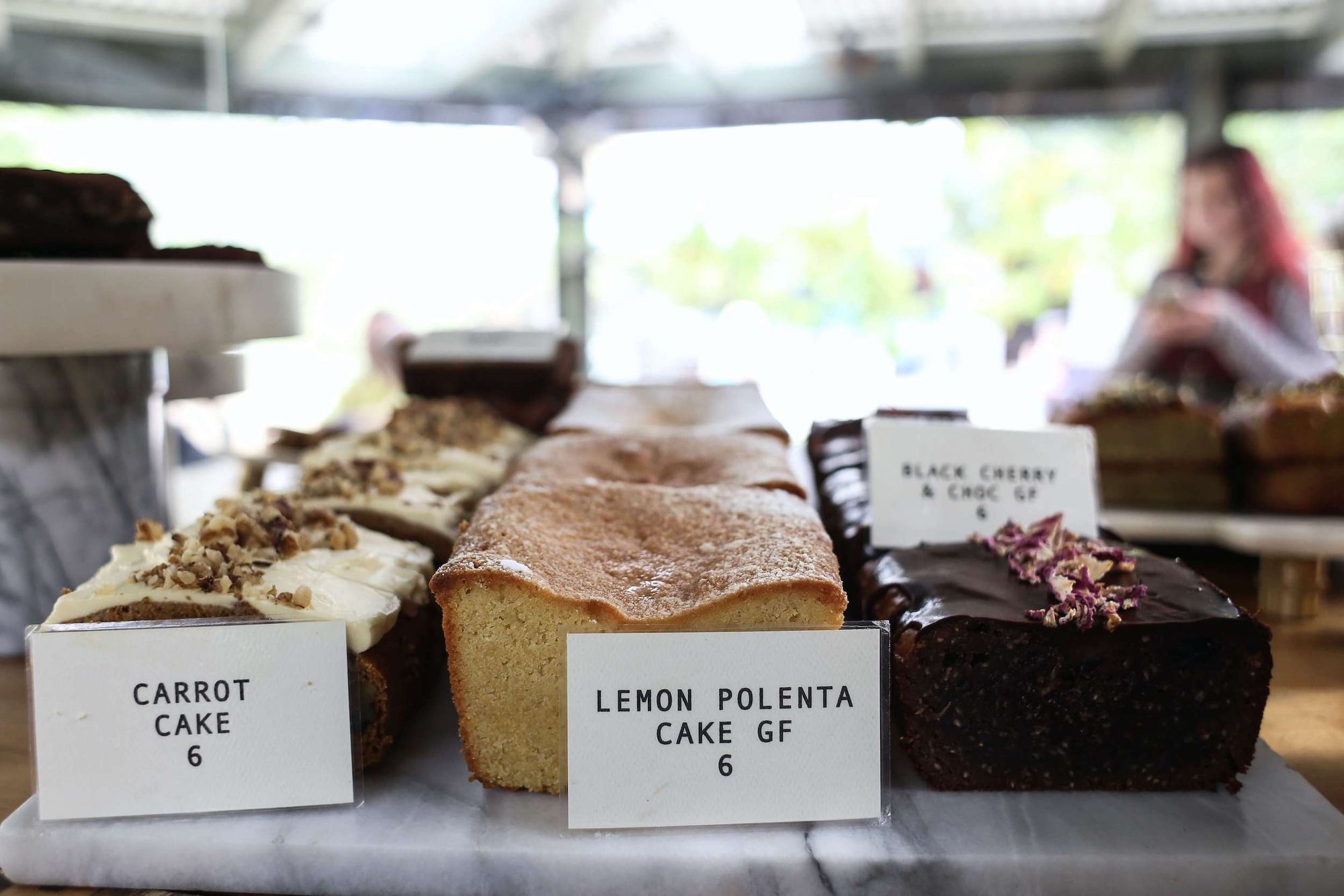You’ve worked hard to build up your business and have gained a loyal following — the last thing you want to do is risk it all by suddenly asking your customers to pay more.
But with the cost of goods, services, and ingredients higher than ever right now, not raising prices simply isn't an option for many business owners.
The real question is: how do you raise prices at your hospitality business without upsetting your patrons?
Today, we’re discussing exactly that, considering the best approach to take when broaching the subject or price increases, as well as providing you with a handful of practical ways to discreetly increase profit margins at your business.
1. Redesign your menus
2. Get descriptive with your menu
3. Add value to existing dishes & drinks
4. Let your customers choose
5. Reward loyalty
6. Talk about it
1. Redesign your menus

Simply reprint your old menu with new, higher prices, and the numbers will stick out like a sore thumb to your regular patrons.
Rework your entire menu so that the layout, descriptions (more on these in a second), and style are different, however, and it's far easier to tweak your figures in the process without anyone getting too upset.
You'll still be giving your customer (discreet!) notice of your price increases, but by presenting this new-look menu, your regular patrons are likely to be much more forgiving.
Just be careful not to change the names of your menu items so much that they're unrecognisable in their new format. Renaming old favourites will only cause confusion, and could put some customers off.
2. Get descriptive with your menu

The first bite may be with the eye, but your customers will only see your delectable dishes if your menu sells it to them in the first place.
While you're reworking the appearance of your menu (and increasing those prices), it's worth spending a little extra time on those all-important descriptions.
Compare these two menu items:
Sausages on toast £4.50
and
Locally sourced pork sausages served on a wedge of toasted homemade sourdough 4.50
They're the exact same menu item, of course, but the second description makes it sound not only more tempting, but worth paying far more for. If you're having to increase prices at your business, then be sure to get descriptive with your menu items and tell your customers precisely what they're paying for.
Omitting the £ symbol also helps, since psychological pricing can have a big impact on customers' willingness to spend.
If writing isn't your forte, then don't be shy about enlisting the services of a copywriter to help you spruce up your menu — their work will almost certainly pay for itself before you know it.
(No "dishes" to sell? Cafe owners can still tell a story outside of their menu with boards and a strong social media presence, talking about where produce comes from and why it's more than worth the asking price!)
3. Add value to existing dishes & drinks

Of course, it's not just about the perception of added value — if you're increasing your prices, then it's only fair to give your customers a little something in return.
That might sound counter-productive when you're trying to make money rather than spend it, but it's worth bearing in mind that, while a 5% price increase might allow you to make ends meet, a 6-7% rise could allow you to do that while also adding a little extra sparkle to your menu items.
Free whipped cream and chocolate sprinkles on your hot drinks; bottomless fresh bread with main meals; larger side salads to ensure that your customers leave with their bellies full... Find a way to squeeze a little more out of those new pennies and show your customers that your minor price increase is making a big difference — both to your business and to their customer experience.
4. Let your customers choose

Some of your customers will wince at the very thought of price rises, regardless of the logic behind them. Others, meanwhile, will notice immediately if you start scrimping on your portion sizes in the name of keeping prices the same.
One way to keep both camps happy is to give your customers a handful of options when ordering. For instance, keep the price of your flat white as it is, but give people the option of paying 20p for the marshmallows and cream you previously threw in free.
By combining this approach with effective psychological pricing — for example, narrowing the price gap between your medium- and large-size chips to nudge people towards choosing the latter — you allow those who are prepared to spend a little more to do so, while allowing customers who are on a budget and more resistant to change to pass on such frivolous "extras'".
5. Reward loyalty

If you haven't done so already, consider starting up a loyalty or reward scheme offering regular patrons discounts and occasional freebies.
The type of loyalty scheme you choose will of course depend on the type of business you run and your clientele. Rolling out a rewards scheme won't change the fact that you're having to put your prices up, but offering your customers the chance to save money, or at least get something back on occasion, should soften the blow.
Earn points to redeem at Baltzersen's and a free slice of cake on your birthday with one of our rewards cards! Sign up in-store by filling out a postcard with your details and handing it to a member of our team. pic.twitter.com/4AGRlRj21W
— Baltzersen's (@Baltzersens) August 26, 2018
Again, giving things away for less might seem like the opposite of what you're trying to achieve here, but this will almost always be offset by the kind of regular, frequent patronage that successful loyalty schemes encourage.
6. Talk about it

Never underestimate how much customers value transparency.
If adding a few pence to the cost of your cakes and cappuccinos will mean the difference between remaining competitive or sacrificing the quality of your products, it's only fair to say so.
You needn't lose face when doing this — no one expects a business to display its monthly sales figures in the window — but a degree of honesty (e.g. "We last raised our prices in 2019, and our food costs have risen by 20% since then...") will always be appreciated, and if done right could actually improve your customers' perception of you as a business, making you appear more progressive and socially responsible.
There are a number of ways you could go about communicating a price rise to your patrons if you choose to:
- Blog about it. If you have a company blog, then be sure to make use of it. Talk about the challenges you've faced and the steps you've taken to avoid raising prices so far. Finally, explain where you plan on adding a few pennies or pounds and ask you customers for their understanding, support, and continued patronage.
- Send an email. If you have a mailing list that you use for promotions, loyalty schemes and the like, then drop your subscribers a quick email informing them of your incoming price increase. After all, if people like your business enough to surrender their email address to you, there's every chance they'll forgive a marginal price rise if it's genuinely justifiable.
- Post a note at the counter. You might want to steer clear of inserting a note in your menus (bad news is even less palatable if it comes when deciding what to eat!), but a short note placed near the cash register — where money talk is expected — is usually enough to show your customers that you value them and want to keep them informed. Just be sure to train your staff on how to respond to any queries they might receive at the point of sale to avoid any potentially awkward conversations.
- Get social. While some customers might miss or skip over emails and notes, few are so time-strapped that they couldn't read a quick tweet or Facebook post in their social media feed. Thanks to its open, more informal nature, some business owners might also find explaining something like a price increase a little easier on social media than in a blog post or email.
As we've alluded to here multiple times here, if you do decide to communicate a price increase directly to your customers, it's important that you do so before it comes into effect. True, they might not be thrilled at the prospect of paying more than they once did, but people tend to be more receptive to change when they're given a bit of notice.
So long as you're clear in your communications that you’re raising prices in order to maintain the same level of quality, rather than just to make more money, most customers will be happy to dig a little deeper.
Alternatively...
Of course, increasing prices isn't always the only option. Sometimes, it pays to keep prices steady, and instead to save some pennies by reducing portion sizes or cutting down on a few of the additional extras.
This can be a difficult move trick to pull off, however, as consumers will often focus on the negatives ("These portions are a lot smaller than they used to be!") than the potential positives ("At least the prices haven't changed!).
Ultimately, you know your customers best, and will have a good idea of whether they'd respond better to a price rise or a little belt-tightening in the name of keeping prices steady. If in doubt, use your various channels of communication to ask your customers what they'd prefer before you change anything; as well as ensuring you're choosing the right path, you'll have won some additional brownie points with your patrons by actively involving them in the future of your business.
Final thoughts
Putting up prices is always a daunting prospect. But it's often inevitable in order for a business to remain profitable and competitive.
The best policy, as the old saying goes, is honesty; be direct with your customers about the fact that you've looked at your figures and have concluded that it's time to put prices up a little. That, and ensure that your customers continue to get value for their money and receive the same great customer service that they're used to.
Good luck!






